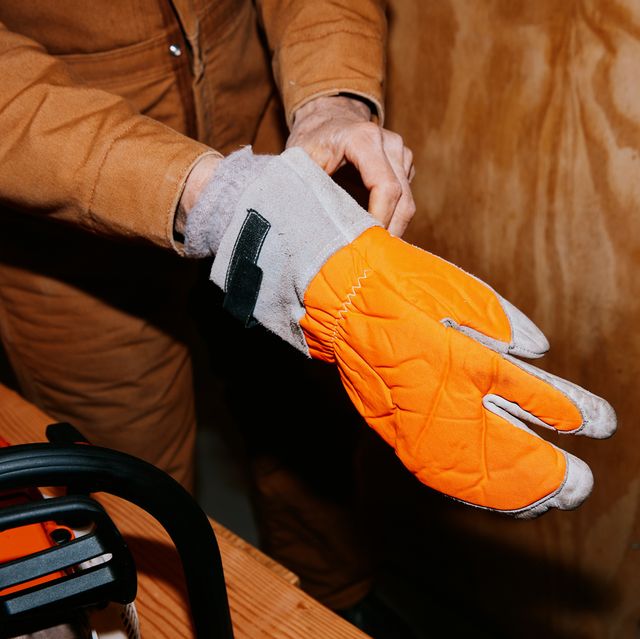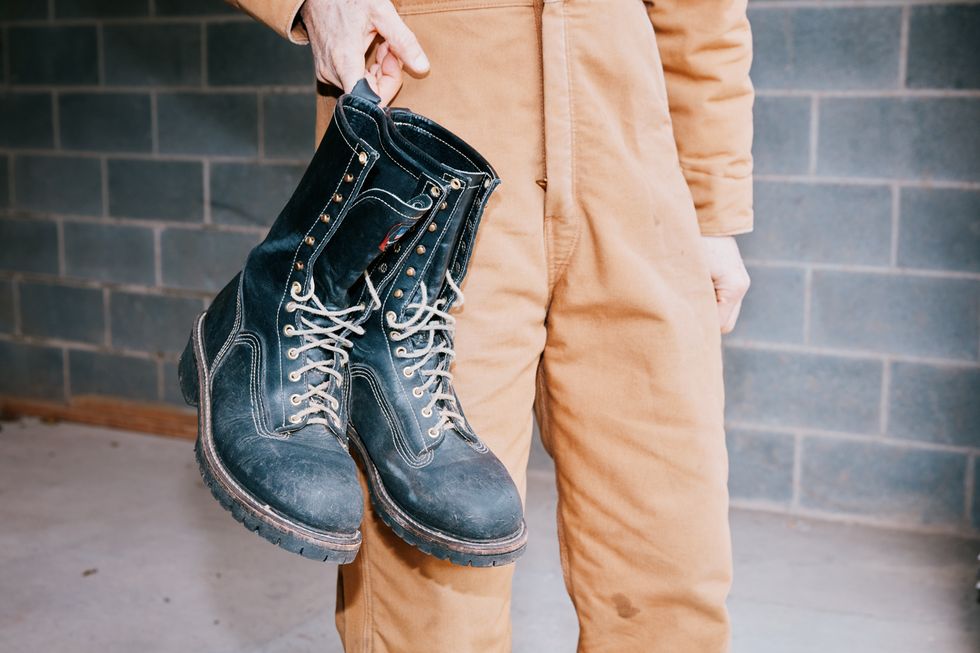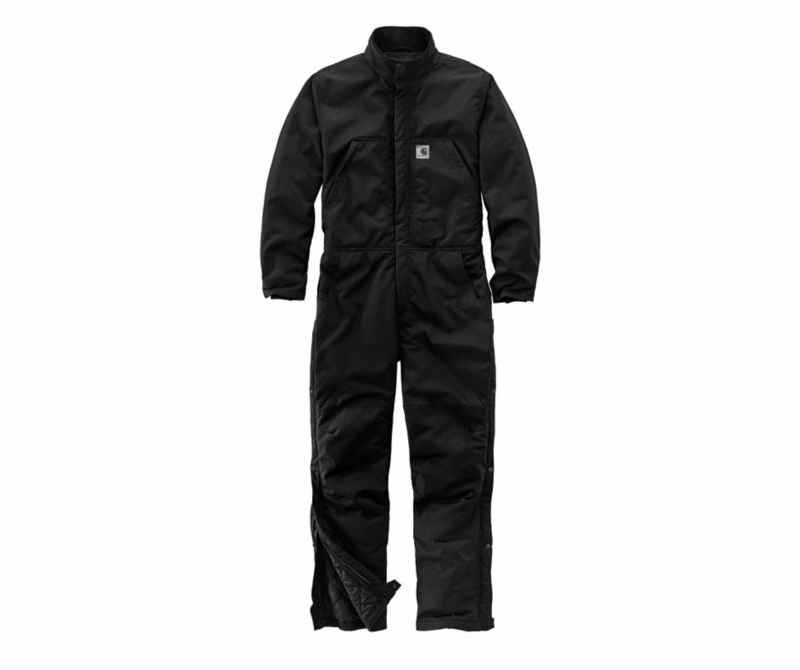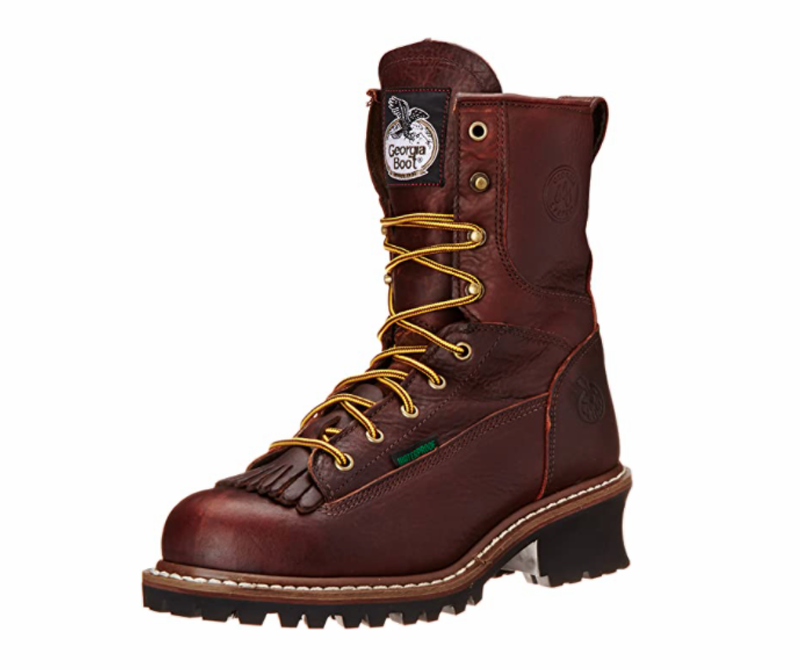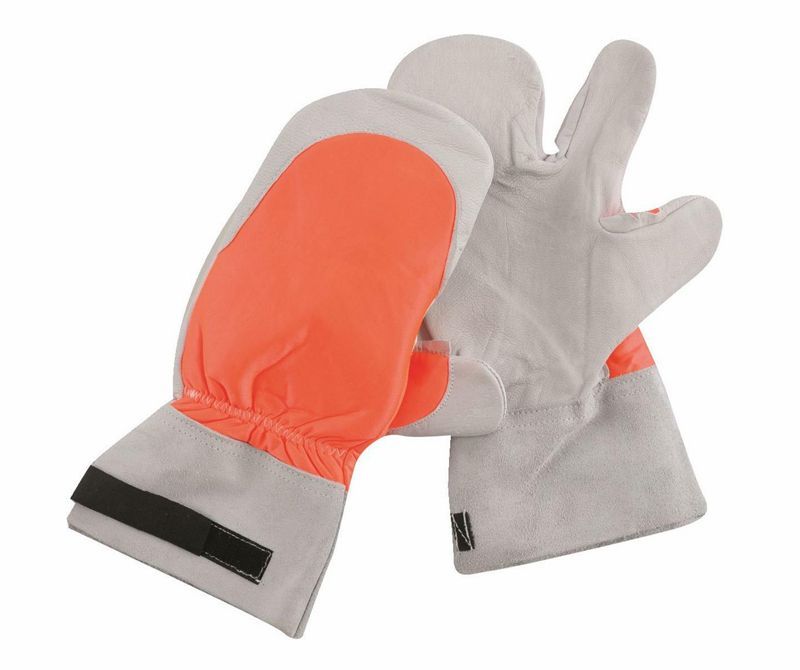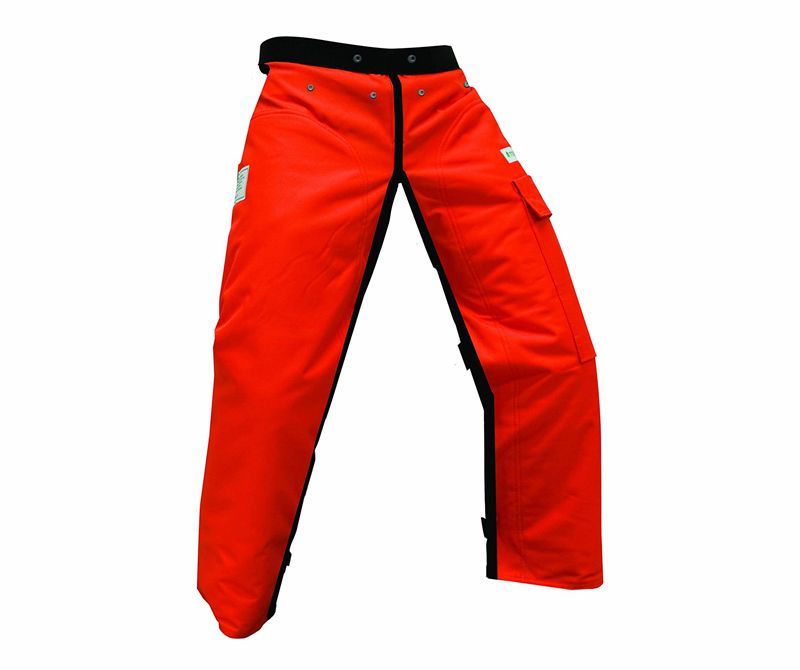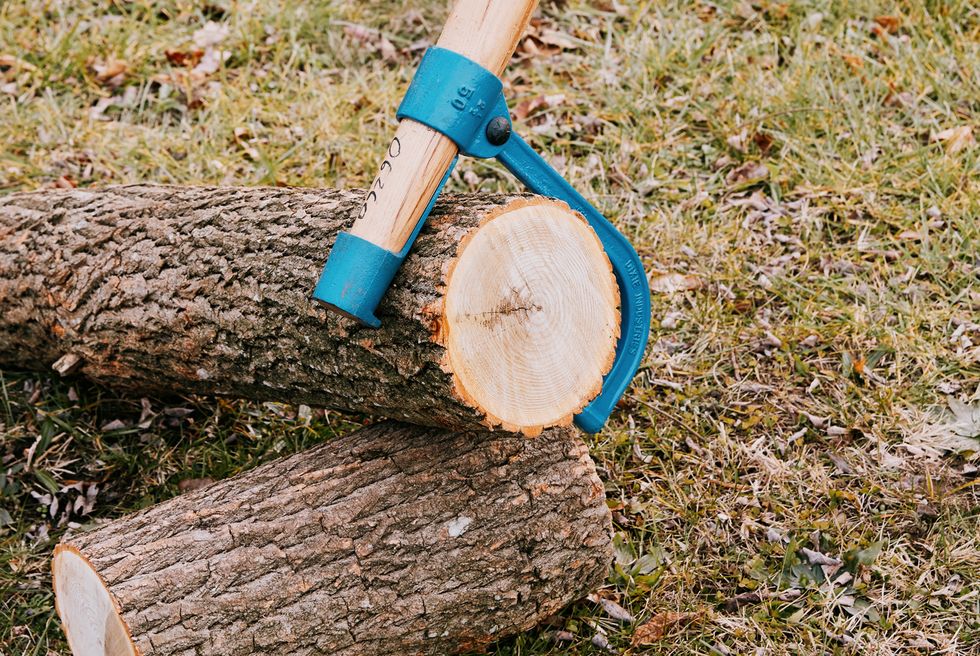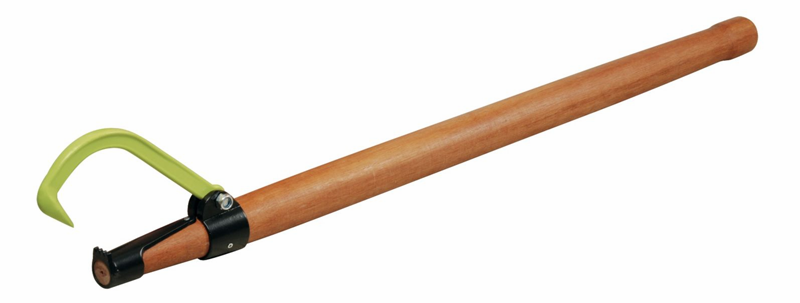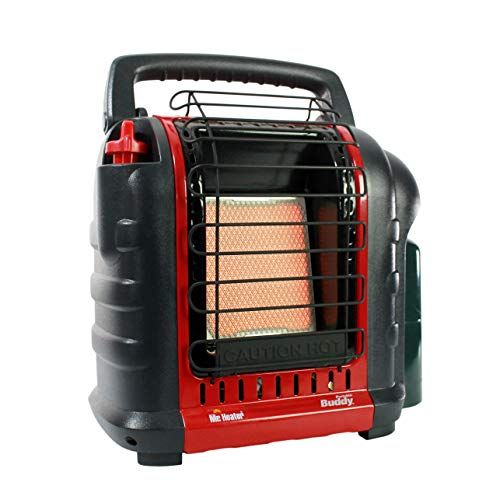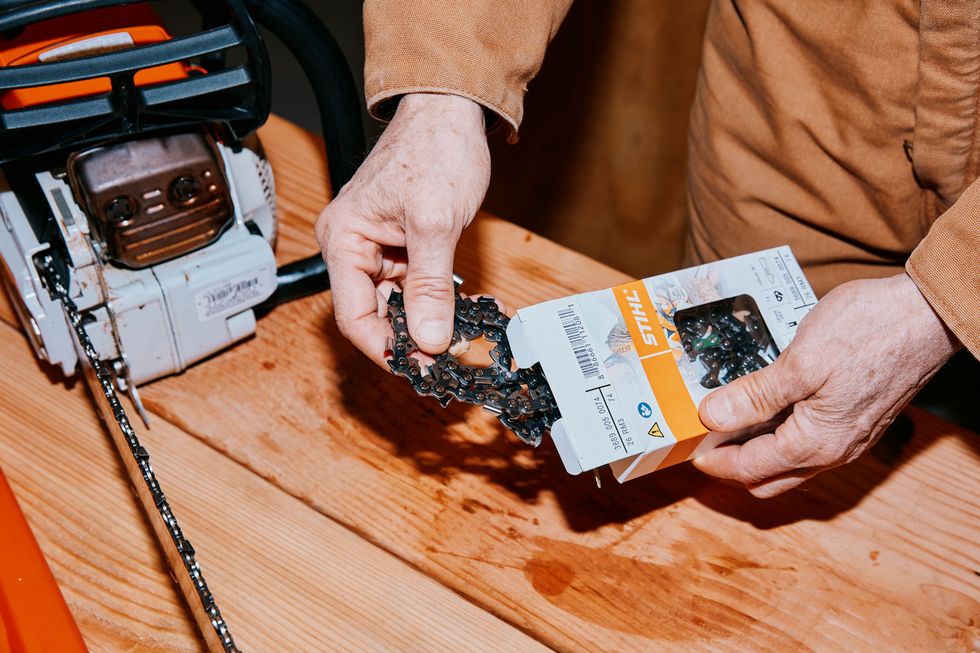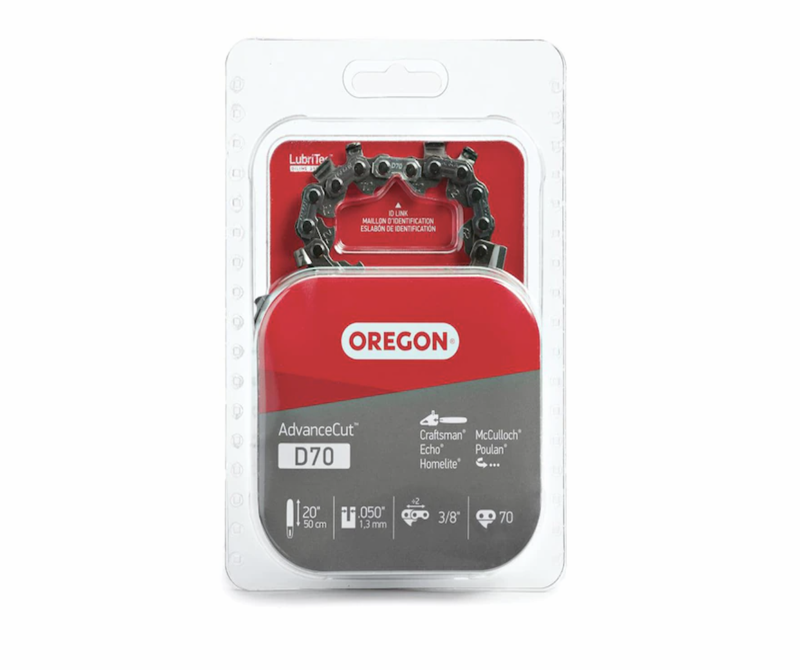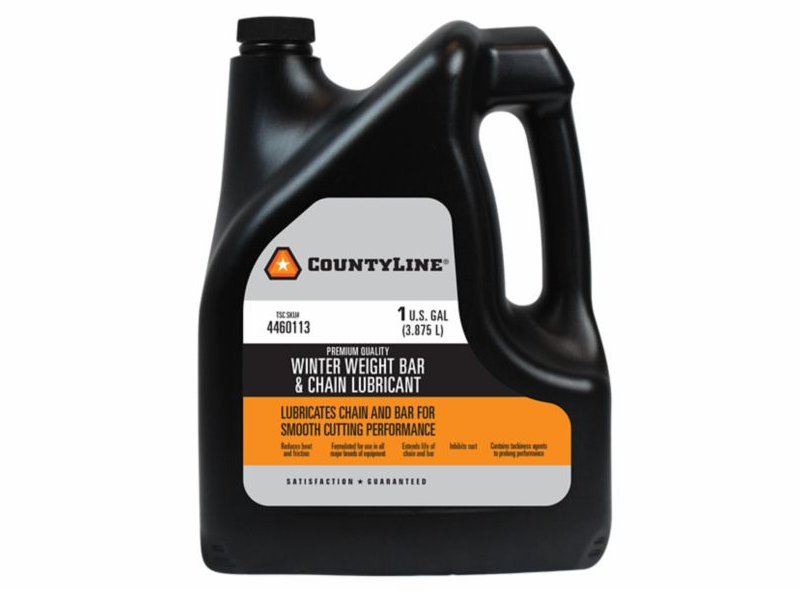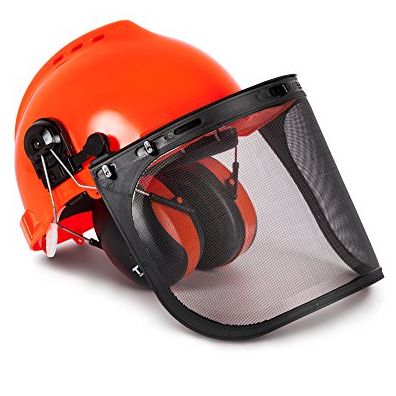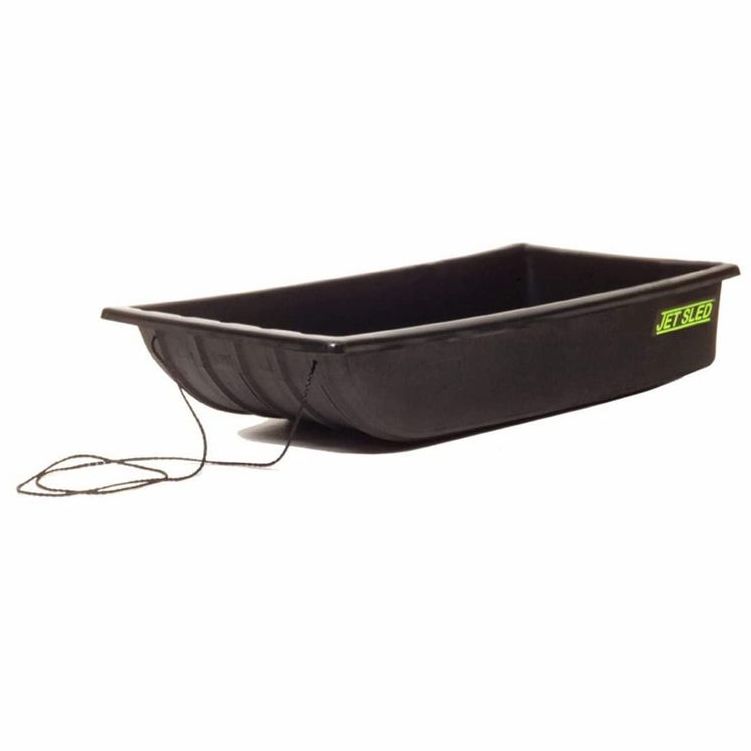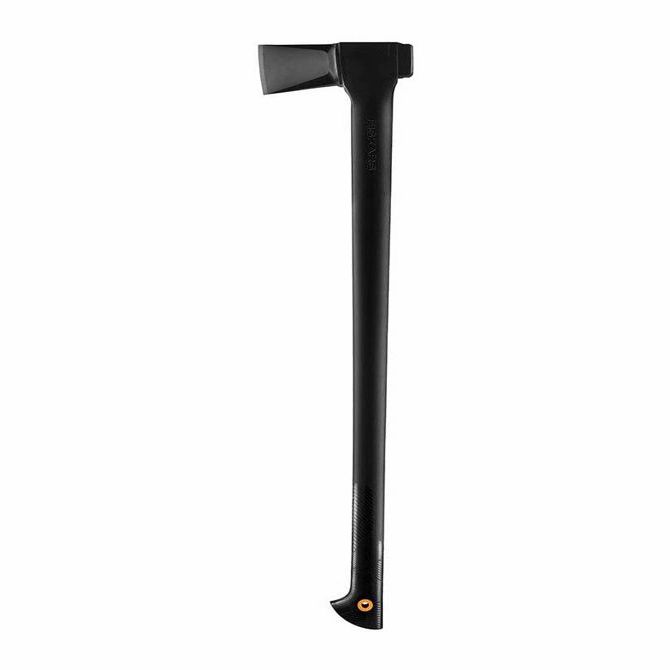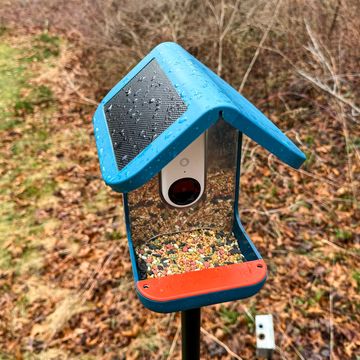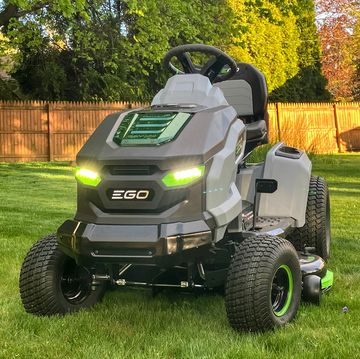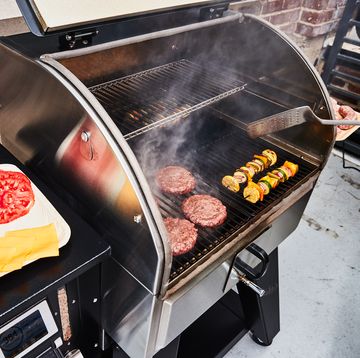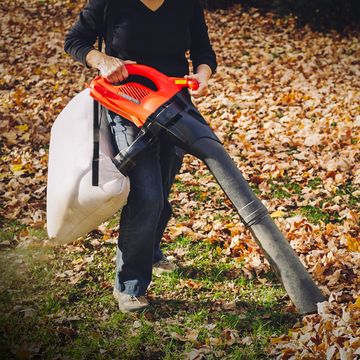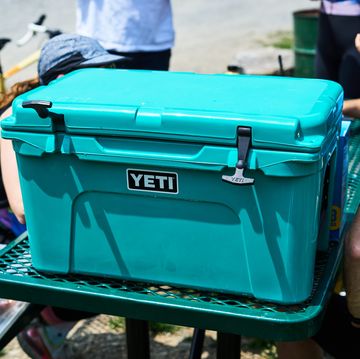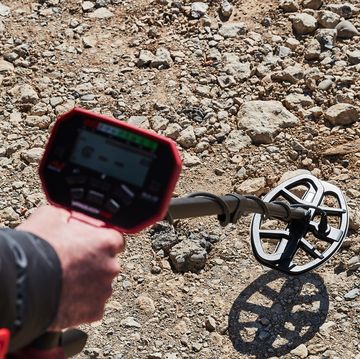There are only two options when it comes to winter woodcutting. It can be a lot of hard work, fresh air, and the satisfaction that comes from tackling a tough job. Or it’ll be misery–numb fingers and feet, shabby productivity, and frustration. The choice is obvious. You not only want to do this right but you want to enjoy it.
Having a great chainsaw isn’t enough. You also need the proper clothing, quality equipment, and most important, the right mindset. The work shares many attributes with other forms of strenuous activity, such as winter construction. It rewards careful preparation and practice. It will punish you if you don’t take it seriously and go in unprepared.
As with any risk-reward scenario, the payoffs of winter woodcutting are also clear. The ground is frozen giving you access over terrain that is damp in the milder months—it’s either off limits or arduous to traverse. There’s also the absence of brush and bugs, both of which can make you miserable during spring and summer cutting.
What we say below is borne of experience, decades of winter woodcutting, and testing chainsaws. Consult it before you head out, whether you need wood to heat your home or just want the satisfaction of stoking a cozy fire with fuel you brought in yourself.
Scroll down for our take on what constitutes essential winter gear and a checklist of safety practices for cutting wood in the dead of winter.
Coveralls and Boots
The odd thing about winter woodcutting is you need both extreme thermal protection and the ability to slip out of it quickly. The work can be extremely aerobic; you can easily overheat and get soaked with sweat. Depending on the temperature and wind, you may even need to change back and forth in the course of a day’s work to cope with variable conditions.
The solution: insulated coveralls with a zip-to-thigh feature (a zipper that runs from the ankle to the top of the thigh). That’s crucial. It allows you to quickly put them on, take them off, and repeat as necessary. When I’m not wearing them, I put them in my truck’s cab where they stay warm and dry, particularly as sun shines in through the windshield. If I can’t do that, I hang them from a branch. These Carhartt Yukon coveralls have served me well.
Keeping warm is helpful, but if you can’t stay on your feet, you’ll have bigger problems than just being uncomfortable. Slipping on snow with a running chainsaw is dangerous, obviously. The average work boot is simply not up to the job of winter chainsaw work. You need boots with deeply lugged soles. I prefer these old-fashioned leather logging boots, but heavy-duty lugged-sole rubber boots should also work, providing they fit properly so your feet don’t slip around inside of them.
Mitts
And that brings us to hand protection. Chainsaw mitts—or “mittens,” if you prefer—are essential, as are wool glove liners to fit in them. (Just plan to size up slightly if you want to wear them with liners.) These mitts differ from the standard winter variety in two important respects. First, the left mitt has chain-stopping fabric built into it (statistics show that the saw user’s left hand is the one more likely to be cut in an accident). Second, the right mitt has a trigger finger that allows you to operate the saw throttle.
Chaps
Finally, chain-stopping chaps are crucial because even with all the precautions you take, it’s possible that you might slip on a patch of ice or snow or, as happened to me one time, on the side of a branch buried in the snow. That slip can result in a chainsaw gash, which is serious any time of year. But it can be particularly lethal in the winter as you may need to make your way back to your truck through deep snow. Simply put, chaps can save your life. Synthetic fibers in the chaps wind their way into the chain and sprocket of the saw if you accidentally bring it in contact, enough to potentially stop it from cutting deeply into your leg. These from Forester are light and flexible, just know that they’re not quite heavy-duty enough to deal with the increased torque of electric chainsaws.
Cant Hook
You need to be able to safely and efficiently turn a log. That’s just part of cutting firewood, yet I see many woodcutters who lack a cant hook–an old-school logging tool made up of a stout handle and a pivoting hook on the end. The leverage the tool affords makes it easy to turn logs—even large ones that may weigh a few hundred pounds. And you need all the help you can get in the winter when both the log and the ground it’s on may be slippery.
Bring Some Heat
We’ve made clear that cold, stiff hands are the enemy of the winter woodcutter. When your hands are cold and stiff, you’re a dangerous woodcutter. This is especially true on dark winter mornings or on days that are overcast (or snowing). Chainsaw mittens and gloves are your first line of defense; a propane heater is your second line. We appreciate these little propane-fired infrared heaters. Take a break, fire it up, and put your hands in front of the heater to warm them in no time. Takes as many of these hand-warming breaks as you need to keep safe while you’re cutting.
High-Quality Chain
Skimping on chainsaw chain is a bad idea anytime, but especially in winter’s harsh conditions as you battle frozen wood. Our tests have conclusively demonstrated the value of high-quality chains from Husqvarna, Stihl, Echo, and Oregon. Higher-quality chain not only is made from tougher alloy, usually with a higher chromium content, but there’s literally more metal on the tooth to withstand repeated file sharpening—necessary when you’re laying into iced-up wood, which can quickly blunt the teeth.
The Right Oil
Winter-weight bar and chain oil is a must. This is a thinner oil formulated to deal with low-temperature (below 32 degrees F) wood cutting, different from general chain oil best suited for summer cutting and all-season oil for summer (and temperatures down to 32 degrees). Though it’s thinner, it still provides good lubrication. And it’s formulated with a “tackifier” that helps it stick to the chain and bar.
Safety Best Practices
Don’t cut alone.
Having a second person on board not only makes woodcutting more efficient and enjoyable but also provides backup in case somebody gets hurt.
Let people know where you’re cutting.
Before you leave, make sure a spouse, landowner, or somebody else knows where you will be in the woods and how long you intend to be there. In case of an emergency, this information can be crucial to help first responders locate your position.
Flag your entry point.
If you go deep into the woods, especially on a logging trail, use some sort of a marking device, such as a bright orange safety flag attached to a tree branch or fence post that will serve as a marker. A “Logging Operations Ahead” sign is even better. This is not only a courtesy to help a landowner know which trail you went in on but can help first responders find you in an emergency. It can also be a signal for hunters or snow sledders to avoid the area (or at least slow down).
Bring a first aid kit.
If you do serious wood cutting, you need a serious first aid kit. Specific kits for wood cutters are designed to be worn on the belt of chainsaw chaps. This one from Forest Safety is equipped with a rip cord that allows the cutter to access the kit’s tourniquet with one pull. The kit also contains blood-clotting bandages and other lifesaving supplies. Still, if this kit seems like a bit too much, you need a good quality kit stationed with you in the woods regardless; add to it blood-clotting gauze or bandages.

Roy Berendsohn has worked for more than 25 years at Popular Mechanics, where he has written on carpentry, masonry, painting, plumbing, electrical, woodworking, blacksmithing, welding, lawn care, chainsaw use, and outdoor power equipment. When he’s not working on his own house, he volunteers with Sovereign Grace Church doing home repair for families in rural, suburban and urban locations throughout central and southern New Jersey.
